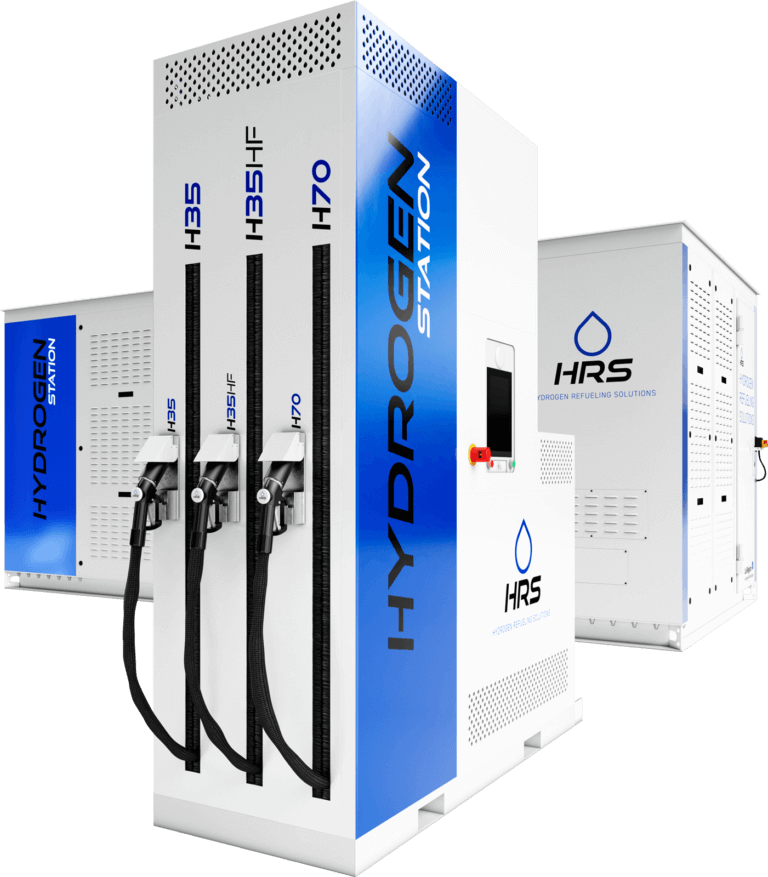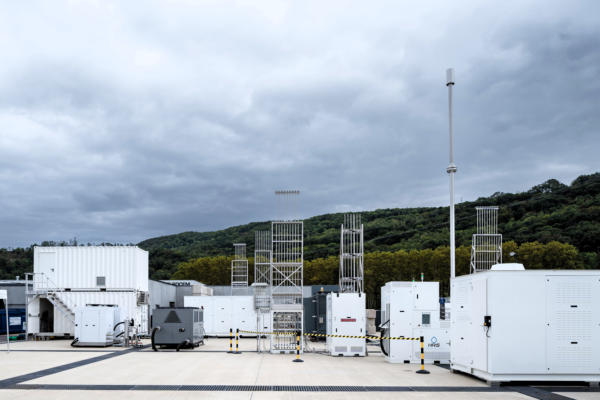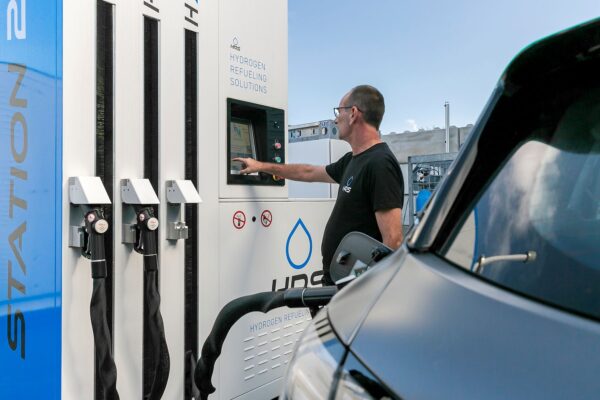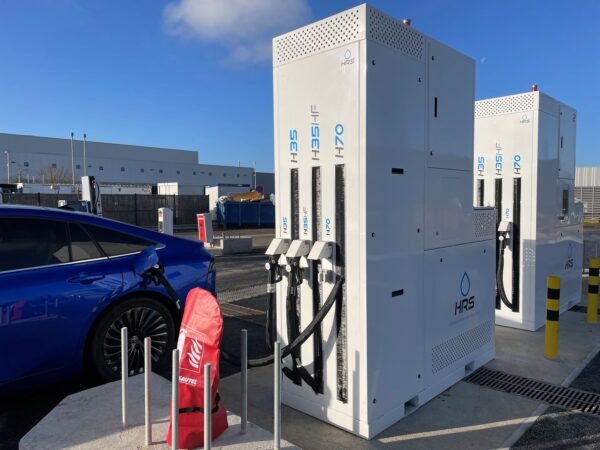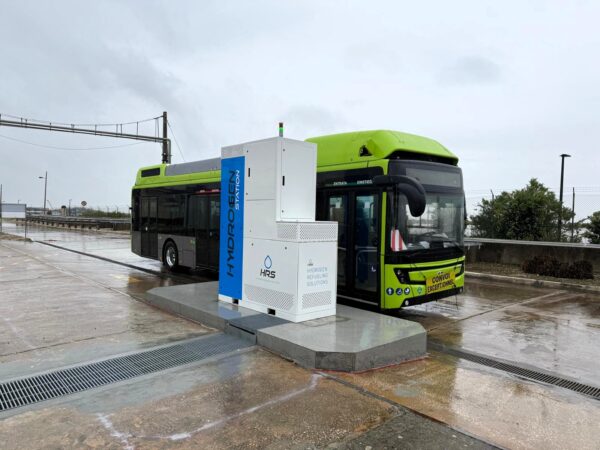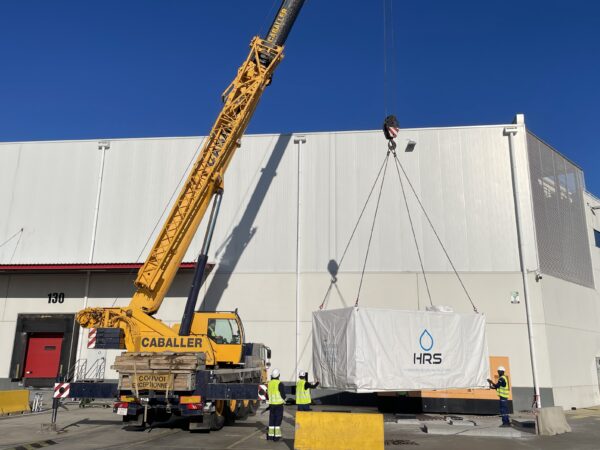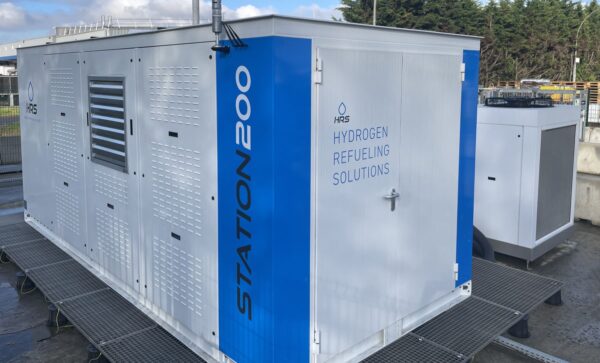In June 2024, France Hydrogène counted 75 hydrogen refueling stations in France with a further 64 stations considered to be under construction or planned.
One of the largest installed bases in Europe
Between 2009 and 2019, HRS produced 34 stations for a major client. These were installed in Germany, France, Denmark, and the USA.
Following a change in the company's strategy to include the design and installation of new-generation stations, HRS has installed 27 stations between 2020 and 2024 in France, the UK, Spain, Germany and Saudi Arabia.
[mappress mapid="1"]
Station designed, manufactured and installed by HRS
Planned stations




